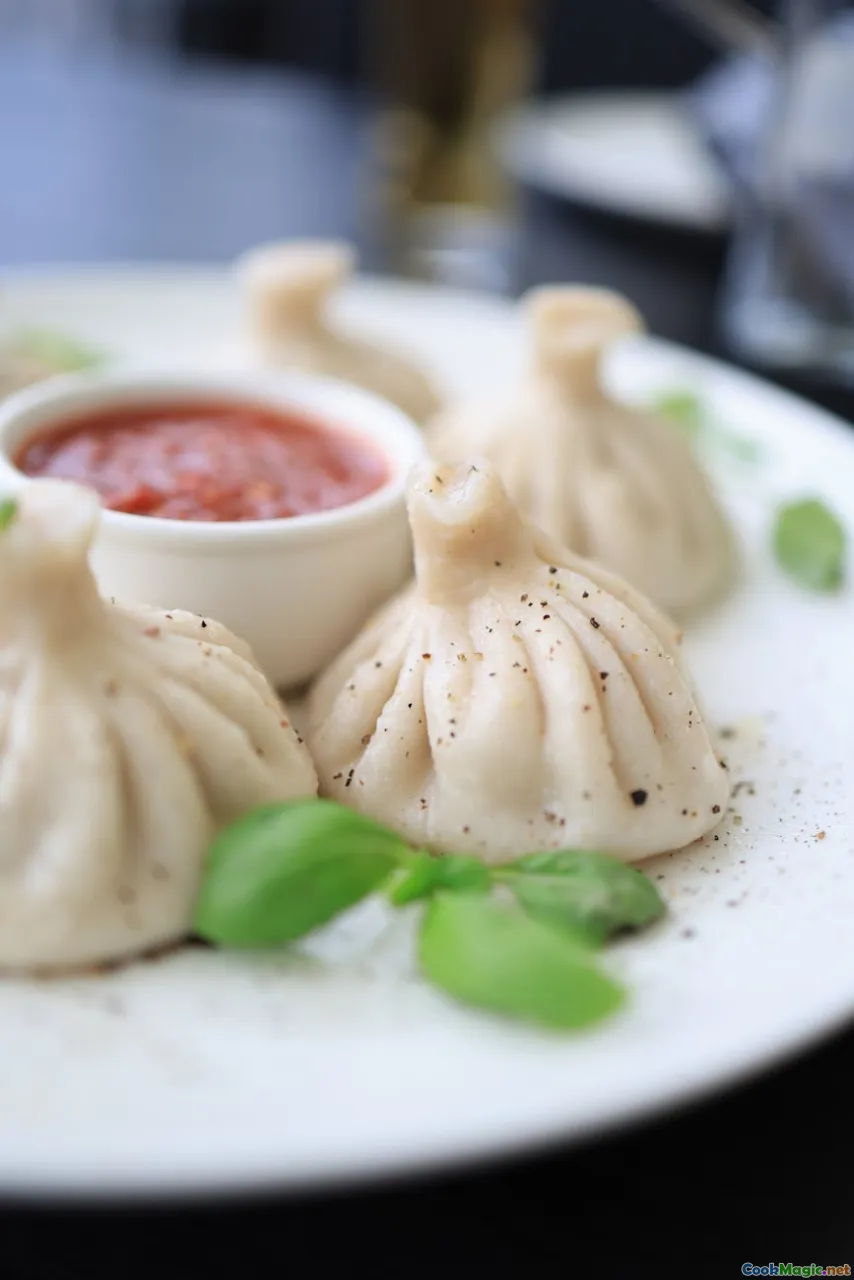Unveiling the Secret Ingredients of Georgian Khinkali
8 min read Discover the hidden flavors and secret ingredients that make Georgian khinkali a culinary masterpiece, blending tradition with irresistible taste. April 20, 2025 13:00
Unveiling the Secret Ingredients of Georgian Khinkali
Imagine biting into a steaming, succulent dumpling, where every mouthful bursts with a symphony of flavors—juicy, savory, with a hint of aromatic spices. If you’ve ever wandered through the bustling streets of Tbilisi or sat in a cozy Georgian restaurant, you’ve likely encountered khinkali, the iconic Georgian dumplings that embody both comfort and cultural pride. But beneath their humble appearance lies a world of secret ingredients and culinary techniques that elevate them from simple fare to a gastronomic treasure.
The Cultural Significance of Khinkali
Khinkali are more than just food; they are a symbol of Georgian hospitality and tradition. Originating from the mountainous regions of Svaneti and Khevsureti, these dumplings have traveled across generations, embodying local stories and communal identity. Traditionally, khinkali are served during family gatherings, festivals, and celebrations, where their preparation becomes a communal ritual.
In Georgia, khinkali are often enjoyed with a sprinkle of black pepper, sipped with local wines or chacha, and shared with friends and family. The act of eating khinkali—biting into the pleated dough to savor the juicy filling—becomes a social ritual, a moment of connection and shared joy.
The Anatomy of a Perfect Khinkali
Before diving into the secret ingredients, it’s essential to understand what makes a khinkali truly exceptional. The core elements include:
- Dough: Soft yet elastic, capable of holding the flavorful filling without tearing.
- Filling: Usually a mixture of minced meat, herbs, and spices.
- Juice: The soul of khinkali, derived from the meat and seasoning, which should be perfectly balanced and burst out with each bite.
- Shape: The signature pleats and top knot, which seal in the juices and make the dumpling easy to hold.
Achieving the perfect balance between these elements requires skill, patience, and, as we’ll explore, secret ingredients that bring depth and complexity.
The Hidden Heart: Secret Ingredients in Khinkali Filling
1. Fresh Herbs: The Aromatic BackboneWhile minced meat and salt are obvious, the true flavor magic begins with fresh herbs—primarilycilantroandparsley—which are integral to traditional Georgian khinkali. Their bright, green aroma invigorates the filling, cutting through the richness of the meat.
Some recipes also include dillormint, adding layers of freshness and a slight tang that elevates the overall flavor profile. These herbs are often used generously, reflecting the Georgian love for vibrant, herbaceous notes.
2. The Secret Spices: A Symphony of Flavors
Beyond salt and pepper, several lesser-known spices add depth:
- Fenugreek Seeds: A small pinch of toasted fenugreek seeds lends a subtle bitterness and a hint of sweetness, transforming the filling into a complex tapestry of flavors.
- Paprika: Adds a smoky sweetness and enhances the meat’s natural flavor.
- Cumin: Provides a warm, earthy note that complements the meat.
- Coriander: Its citrusy undertone brightens the overall taste.
These spices are often toasted briefly before mixing, releasing essential oils that intensify their aroma.
3. The Key to Juiciness: The Broth or Water ContentA lesser-known secret is adding a splash ofcold waterorbeef/chicken broth into the minced meat mixture. This technique results in a tender, juicy filling that, when cooked, releases flavorful juices, making each bite a burst of savory goodness.
4. A Touch of Acid: Balancing the RichnessA small dash ofvinegarorlemon juice can be incorporated into the filling. This acid brightens the flavors, balances the richness of the meat, and helps tenderize the filling.
5. The Special Ingredient: Svaneti Salt or Mineral Salt
In some regions, a particular type of mineral-rich salt from Svaneti or highland Georgia is used. Its unique mineral profile imparts a subtle mineral flavor that subtly elevates the taste, making the khinkali distinctively local.
Crafting the Perfect Dough
The dough itself is a canvas for secret techniques:
- Use of Boiling Water: Some chefs incorporate boiling water into the dough, creating a slightly tougher exterior that holds the juices better.
- Resting Period: Allowing the dough to rest for at least 30 minutes ensures elasticity and ease of shaping.
- Minimal Flour: Using just enough flour prevents the dough from becoming too chewy or dense.
The Art of Shaping and Cooking
Mastering the pleats and sealing technique is crucial. The secret lies in pinching and pleating the dough to form a tight seal, trapping the flavorful juices inside.
Cooking traditionally involves boiling khinkali in salted water until they float—indicating they are perfectly cooked. Some modern chefs experiment with steaming or pan-frying for alternative textures.
Personal Reflections and Culinary Tips
Having traveled through Georgia and tasted khinkali from street vendors to fine restaurants, I’ve realized that the magic isn’t just in the ingredients but in the love and tradition poured into each dumpling. The secret ingredients I’ve uncovered—herbs, spices, and techniques—are the whispers of generations of Georgian cooks.
For home cooks eager to replicate this experience, my advice is to source fresh herbs, use quality meat, and don’t shy away from experimenting with spices. The secret lies in balancing the flavors and respecting the tradition.
Conclusion: Unlocking the Flavor Wonderland
Khinkali are a testament to Georgia’s rich culinary heritage, where simple ingredients are transformed into a celebration of taste. The secret ingredients—herbs, spices, mineral salts, and techniques—are the keys to unlocking their full potential.
Next time you bite into a perfectly crafted khinkali, remember that beyond the dough and meat lies a world of hidden flavors waiting to be uncovered. Embrace the process, respect the tradition, and savor the journey of discovering these secret ingredients that make Georgian khinkali a true gastronomic delight.
Enjoy the art of cooking and sharing these delicious dumplings, and let each bite connect you to the heart of Georgian culture.









